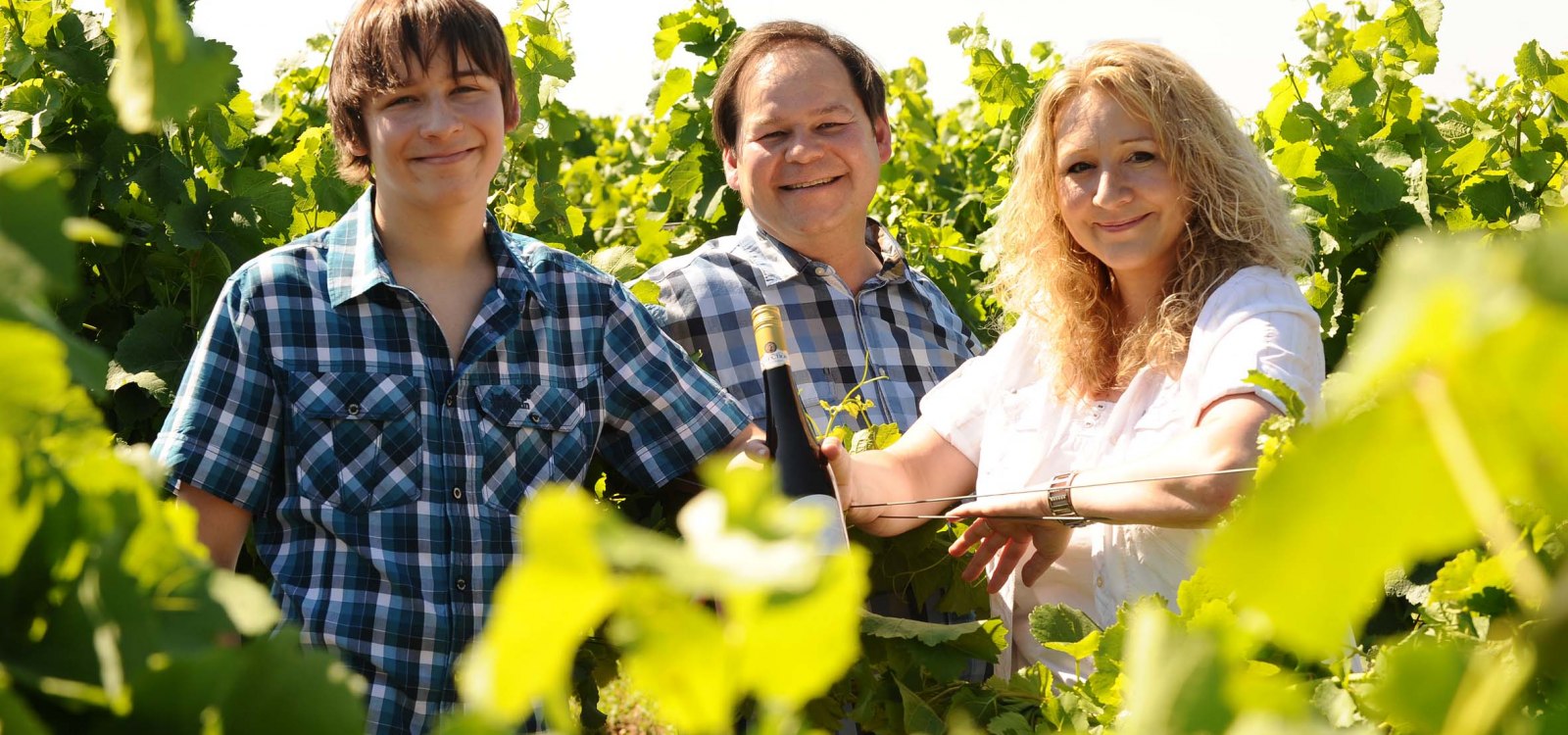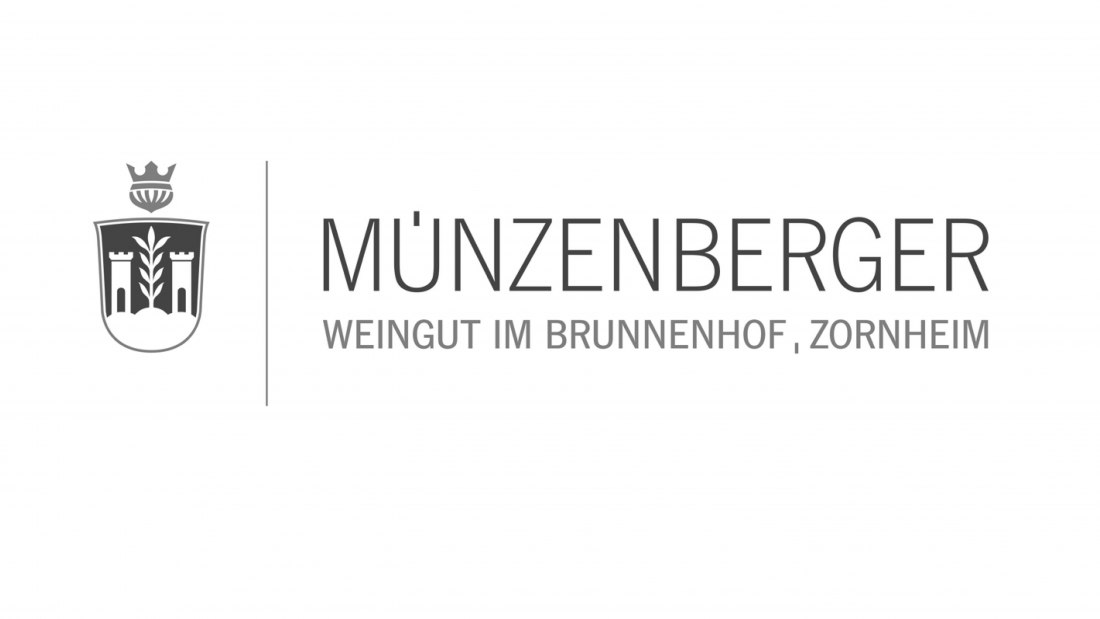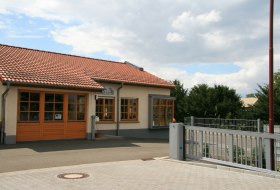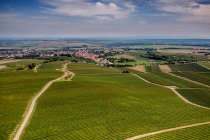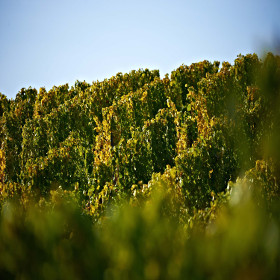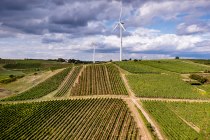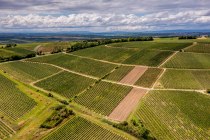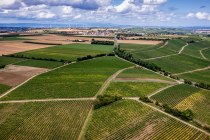Winery Münzenberger
On the sunny plateau of Rheinhessen, in Zornheim, the estate of Andreas Münzenberger can be found. The technician for viticulture and oenology produces high quality and expressive, elegant and terroir-stressed wines. The work in the vineyards is close to nature and environmentally friendly. "Nature and man have the potential to bring out the best from every vintage together, from the climatic peculiarities, from the respective grape variety and from the soil." With this guiding principle, the winemaker accompanies all phases of wine production. The passion for wine is reflected in the extensive assortment of grape varieties - from classic to international wines, he has a wine for every taste. However, the focus is on Riesling and dry wines of the Pinot family. Andreas Münzenberger and Marina Becker want to continue on their path - with experience and innovation.

